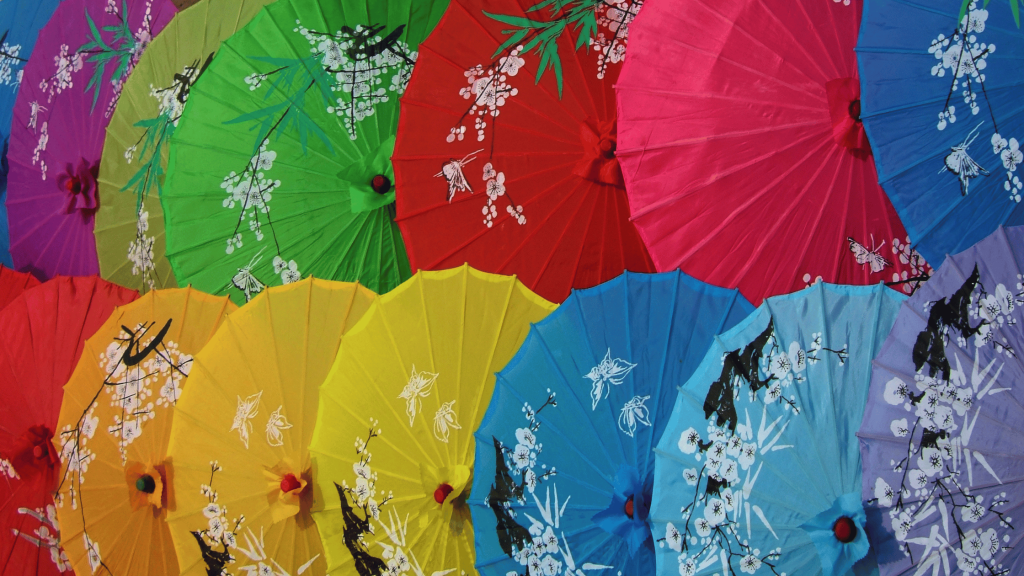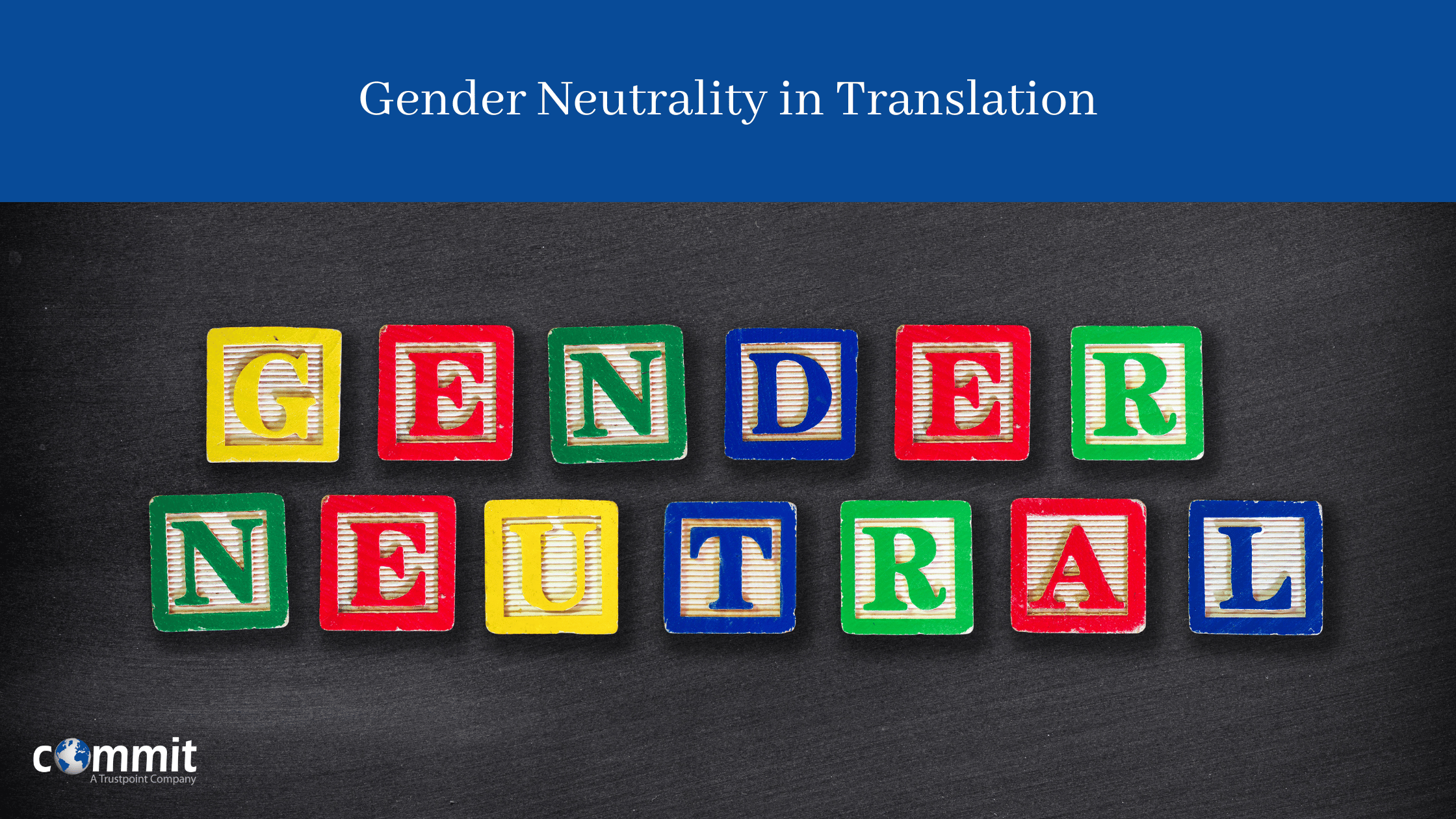|
Listen to Post
|
The linguistic landscape of China is as vast and diverse as the country itself, with a multitude of spoken languages weaving a rich tapestry of communication. In an era where the world is becoming increasingly interconnected, the languages of China serve as both a reflection of the country’s historical identity and a dynamic response to the globalizing currents shaping our modern world.
How many languages are spoken in China?
China, with its expansive territory and diverse ethnic groups, hosts a remarkable variety of spoken languages. The Ethnologue, a comprehensive resource on world languages, lists over 281 individual languages in China. However, it’s crucial to note that this count includes a range of dialects spoken by different ethnic groups, contributing to the linguistic complexity of the country.

Which are the varieties of spoken Chinese?
The languages of China exhibit remarkable diversity, with several major varieties contributing to this linguistic mosaic. Let’s explore them:
Mandarin
Mandarin, with cultural and linguistic prominence, extends beyond its official role, standing as the most widely spoken Chinese variety. The language uses a logographic writing system with complex characters, each representing a morpheme, contributing to the rich visual and historical depth of Mandarin. Traditional Chinese arts, such as Peking opera and classical poetry, are often performed and appreciated in Mandarin. Modern Mandarin has evolved with the integration of loanwords, technological terminology, and contemporary expressions, adapting to the changing linguistic landscape.
Wu
Wu is primarily spoken in the Yangtze River Delta region, with its core area centered around Shanghai and extending to neighboring provinces such as Zhejiang and Jiangsu. Due to the economic prominence of the Yangtze River Delta region, Wu has historically been associated with trade, commerce, and urbanization. Wu encompasses a variety of sub-dialects and regional variants, such as Suzhounese, Wenzhounese, and Hangzhounese. Also, Wu has a rich tradition of folk literature, including storytelling, ballads, and local operas.

Gan
Gan is primarily spoken in the Jiangxi province in southeastern China. It also extends into parts of neighboring provinces such as Hunan, Fujian, and Hubei. Gan preserves some archaic elements from Middle Chinese. The area where Gan is spoken boasts a culturally vibrant history, where local cultural expression is deeply intertwined with traditional folk music, opera, and storytelling.
Min
The Min language group is spoken primarily in the southeastern coastal provinces of China, including Fujian, eastern Guangdong, southern Zhejiang, and parts of Hainan. The Min languages are recognized for specific linguistic features, encompassing distinct vowel systems and initial consonant clusters. Historical migrations spread Min languages to Southeast Asia. Overseas Chinese communities, especially from Fujian and Taiwan, carried them to regions including Singapore, Malaysia, Indonesia, and the Philippines.
Hakka
Hakka is spoken in several provinces in southern China, including Guangdong, Jiangxi, Fujian, Guangxi, and in parts of Taiwan. Significant Hakka communities can be found in regions with historical Hakka migration, such as Southeast Asia and other parts of the Chinese diaspora. Hakka exhibits unique phonetic features, including a relatively large set of initial consonants and distinct vowel sounds. Moreover, the Hakka people have a history of migration, and they are often referred to as “guest people” due to their historical movements from northern to southern China.

Yue
Yue, commonly known as Cantonese, is primarily spoken in the Guangdong province of southern China, which includes major cities like Guangzhou (Canton) and Shenzhen. Cantonese has a long history and has played a crucial role in the economic and cultural development of the Pearl River Delta region. The region, historically known for trade and commerce, has contributed to the spread of Yue both within China and internationally. Owing to historical migration patterns, Cantonese is spoken among Chinese diaspora communities across the globe and serves as a means of cultural preservation and communication among diaspora populations. More specifically, it has a significant presence in Chinese communities in North America, Europe, Australia, and Southeast Asia. Furthermore, it is associated with a vibrant cultural scene, including traditional Cantonese opera, which combines music, singing, and acting.
Huizhou
Huizhou is primarily spoken in the southern part of Anhui province, particularly in cities such as Huangshan, Xuancheng, and Jingdezhen. It is also spoken in some adjacent areas of Jiangxi and Zhejiang provinces. Huizhou has distinctive linguistic features, including specific phonetic elements and vocabulary that set it apart from other Chinese varieties. Similar to the Gan, it has preserved certain archaic elements from Middle Chinese. Within Huizhou, there are variations in the language, with sub-dialects spoken in different cities and towns.

Jin
Jin is primarily spoken in Shanxi province in northern China. It also extends into parts of Inner Mongolia, Shaanxi, and Hebei provinces. Jin possesses unique linguistic characteristics that distinguish it from other Chinese varieties, such as certain phonetic elements and vocabulary. The language has evolved in the context of the region’s economic activities and cultural exchanges with neighboring areas.
Pinghua
Pinghua is primarily spoken in parts of Guangxi, particularly in the northern and western regions. It is also found in neighboring areas of Guangdong and Hunan provinces. The language has historical ties to the surrounding languages and exhibits influence from both Cantonese and Hakka. Pinghua has evolved within the agricultural and rural contexts of the region. Interestingly, people in the Pinghua-speaking region often have a strong cultural identity tied to their language and local traditions.
Xiang
Xiang, also known as Hunanese, is another significant linguistic facet within the diverse landscape of China. Primarily spoken in the Hunan province and parts of neighboring regions (Guizhou, Guangdong, Sichuan, Jiangxi and Hubei provinces), Xiang is recognized for its distinct phonetic elements and vocabulary that set it apart from other Chinese varieties. The language reflects the cultural and historical richness of the Hunan region.
Each of these varieties represents the cultural and regional nuances embedded in the fabric of China’s linguistic landscape. The coexistence of these varieties is a testament to the multifaceted nature of the languages of China.

Which is the official language of China?
In the mosaic of China’s linguistic diversity, only one official language is recognized despite the extensive array of dialects and regional languages. At the forefront of this linguistic tapestry stands Mandarin, also known as Putonghua or Standard Chinese. Taught in schools and utilized in government affairs, Mandarin serves as a common means of communication across the nation. This strategic decision was made to foster national unity and enhance communication in a country characterized by a myriad of ethnicities and languages.
Mandarin, distinguished by its unique tonal system and intricate characters also stands as the most widely spoken language in China. Its prevalence has experienced significant growth, particularly in urban areas, mirroring the expanding influence of Mandarin beyond China’s borders. This influence positions Mandarin as an increasingly vital language in the global arena, with a growing number of Mandarin learners worldwide. It is essential to note that Mandarin is one of the six official languages of the United Nations, highlighting its global significance.

Why does China boast a diversity of languages?
The languages of China vary due to a combination of geographical, historical, and cultural factors.
Geography:
China’s vast and varied geographical landscape, encompassing mountains, plateaus, deserts, and plains, has played a significant role in fostering linguistic diversity. Mountains and rivers often served as natural barriers, isolating communities and contributing to the development of distinct languages and dialects. Thus, this led to the evolution of localized linguistic forms, creating a rich tapestry of spoken languages across different regions.
History:
China’s intricate history, marked by various dynasties, political changes, and periods of fragmentation, has profoundly influenced the linguistic landscape. Political fragmentation resulted in the emergence of regional centers with unique linguistic characteristics. The influence of different rulers and the formation of separate political entities contributed to the development of diverse linguistic forms. Historical events, such as migrations and conquests, played a role in shaping linguistic diversity as different groups encountered and interacted.
Culture:
China’s linguistic diversity blossoms from the myriad traditions and customs within its numerous ethnic groups, enriching the languages of China. Each ethnic group often has its own language or dialect, contributing to the overall linguistic complexity. Cultural practices, including the preservation of oral traditions and folklore, have played a role in maintaining linguistic diversity within communities. The emphasis on cultural identity has led to the persistence of various languages alongside the dominant official language.

Navigating China’s linguistic mosaic
The exploration of China’s spoken languages is not just an academic endeavor; it is a journey into the heart and soul of a nation. Every language shares the distinctive tale of its speakers, narrating their history and cultural nuances that mold their identity. As China progresses into an era of modernization and globalization, the challenge lies in finding a delicate balance between promoting a common language for national unity and preserving the intricate linguistic diversity that defines the nation.
Need help with Chinese translations? Contact our expert team today!
Read also:








